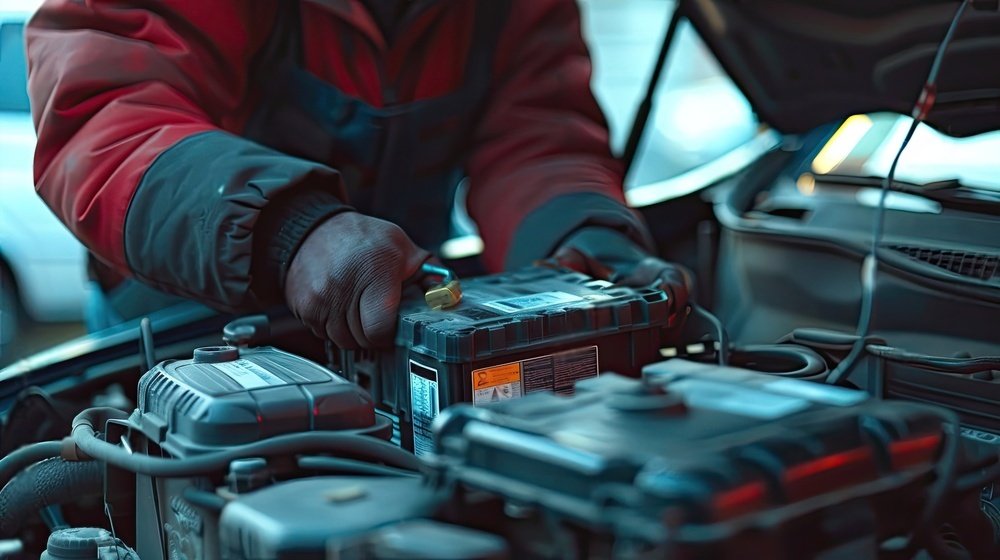Udskiftning og Reparation af Lys
Introduction
The lights on your vehicle play a crucial role in ensuring safety and visibility, both for you and other drivers on the road. Over time, lights may become damaged, dim, or burnt out due to wear and tear or accidents. Timely replacement and repair of lights are essential maintenance tasks that help maintain optimal visibility and ensure safe driving conditions, particularly during nighttime or adverse weather.
Why Replacement and Repair of Lights Matters?
Properly functioning lights are essential for visibility, signaling, and communication on the road. Dim or malfunctioning lights can compromise your ability to see and be seen by other drivers, increasing the risk of accidents, particularly in low-light conditions. Replacement and repair of lights help ensure that your vehicle remains visible and compliant with safety regulations, promoting safe driving practices and reducing the likelihood of collisions.

Ensures Visibility
Replacing or repairing damaged lights ensures optimal visibility for you and other drivers on the road, reducing the risk of accidents, particularly in low-light conditions.
Promotes Safety
Properly functioning lights help communicate your intentions to other drivers, such as braking or turning, promoting safe driving practices and reducing the likelihood of collisions.

Steps Involved in Replacement and Repair of Lights
Replacing or repairing lights on your vehicle is a relatively straightforward process that can be done with basic tools. Below are the main steps involved:
1. Identify the Problem
Before proceeding with replacement or repair, identify the specific light or lights that are malfunctioning or damaged. This may involve visually inspecting each light or performing a test to determine which lights need attention.
2. Gather Necessary Tools and Parts
Depending on the type of repair or replacement needed, gather the necessary tools and parts, such as replacement bulbs, fuses, or wiring connectors.


3. Perform Repair or Replacement
For a simple bulb replacement, locate the access panel behind the light assembly, remove it, and replace the old bulb with a new one. For more extensive repairs, such as fixing wiring or replacing the entire light assembly, follow manufacturer instructions or consult a qualified mechanic.
4. Test Lights
After performing the repair or replacement, test the lights to ensure they are functioning correctly. Check for proper illumination, brightness, and alignment to ensure optimal visibility and safety.
Benefits of Replacement and Repair of Lights
Replacing or repairing lights on your vehicle offers several benefits, including:
Enhanced Visibility
Properly functioning lights ensure optimal visibility for you and other drivers on the road, reducing the risk of accidents, particularly in low-light conditions.
Improved Safety
Functional lights help communicate your intentions to other drivers, promoting safe driving practices and reducing the likelihood of collisions.
Compliance with Regulations
Maintaining properly functioning lights ensures that your vehicle remains compliant with safety regulations, avoiding fines or penalties for non-compliance.
Long-Term Cost Savings
Timely replacement and repair of lights help prevent more extensive damage to the vehicle’s electrical system, reducing the need for costly repairs down the line.
Conclusion
Replacement and repair of lights are essential maintenance tasks that ensure safety and visibility on the road. By promptly addressing any issues with your vehicle’s lights and ensuring they are functioning correctly, you can promote safe driving practices and reduce the risk of accidents. If you’re unsure about performing replacement or repair yourself, consult a qualified mechanic or automotive technician for assistance.



